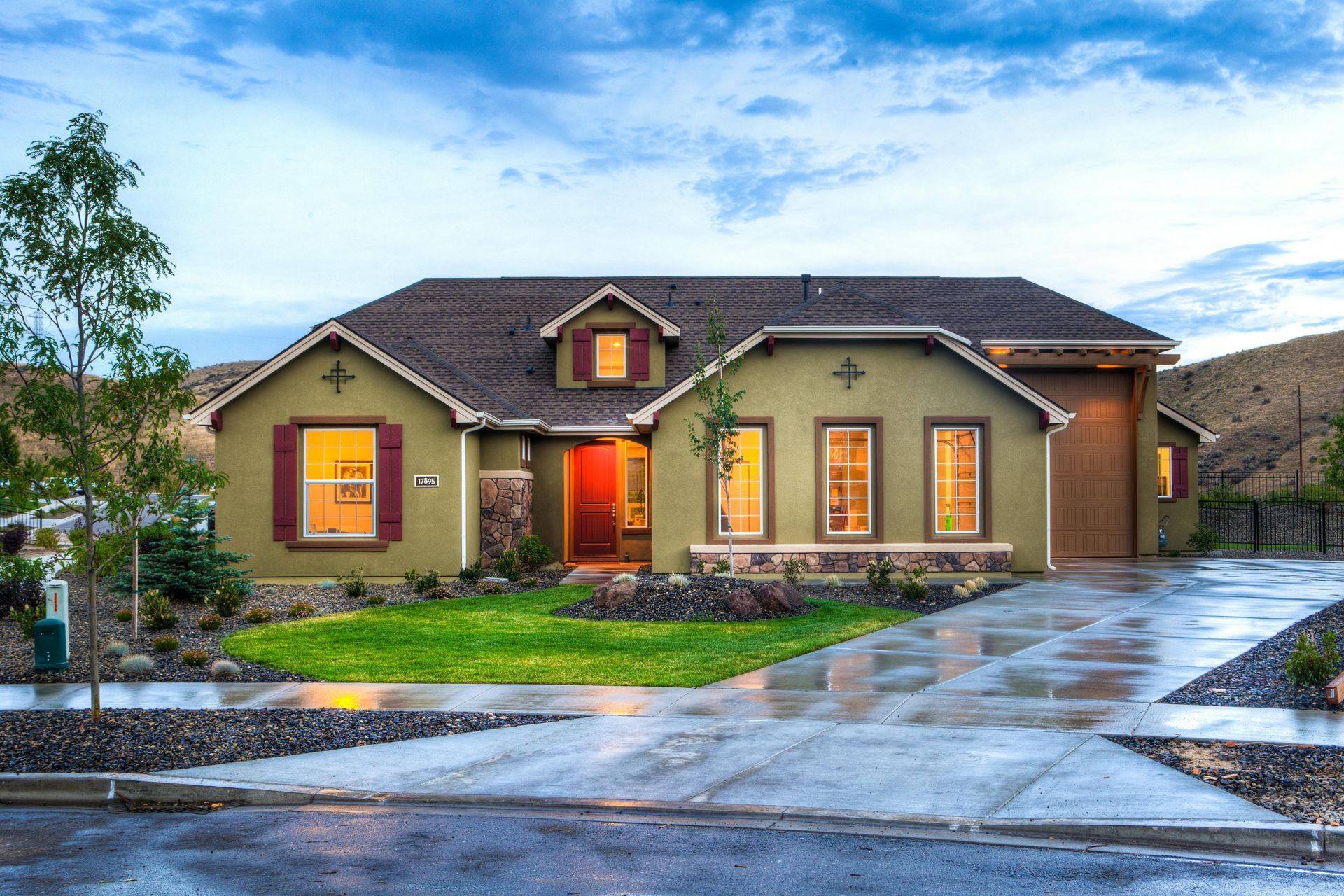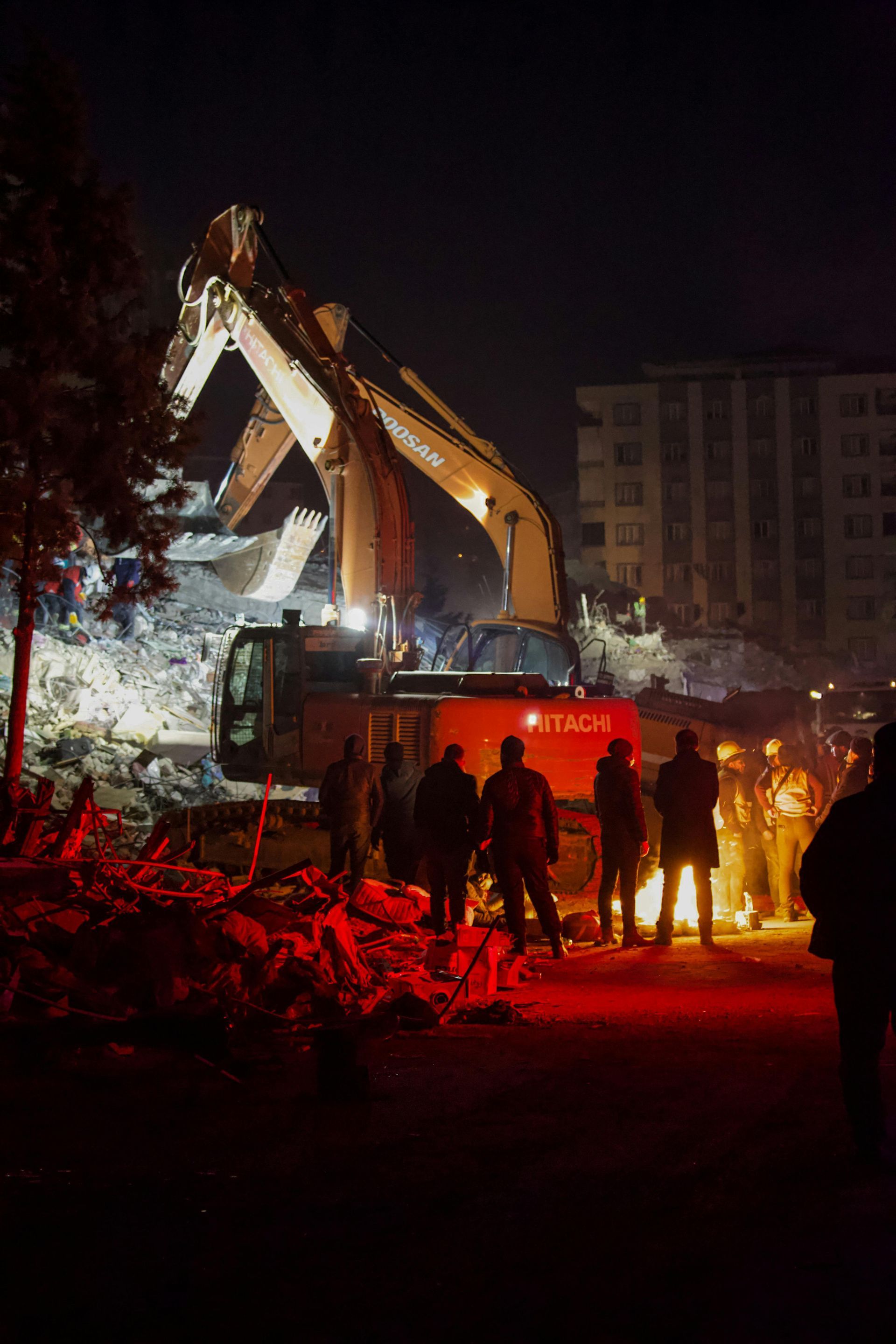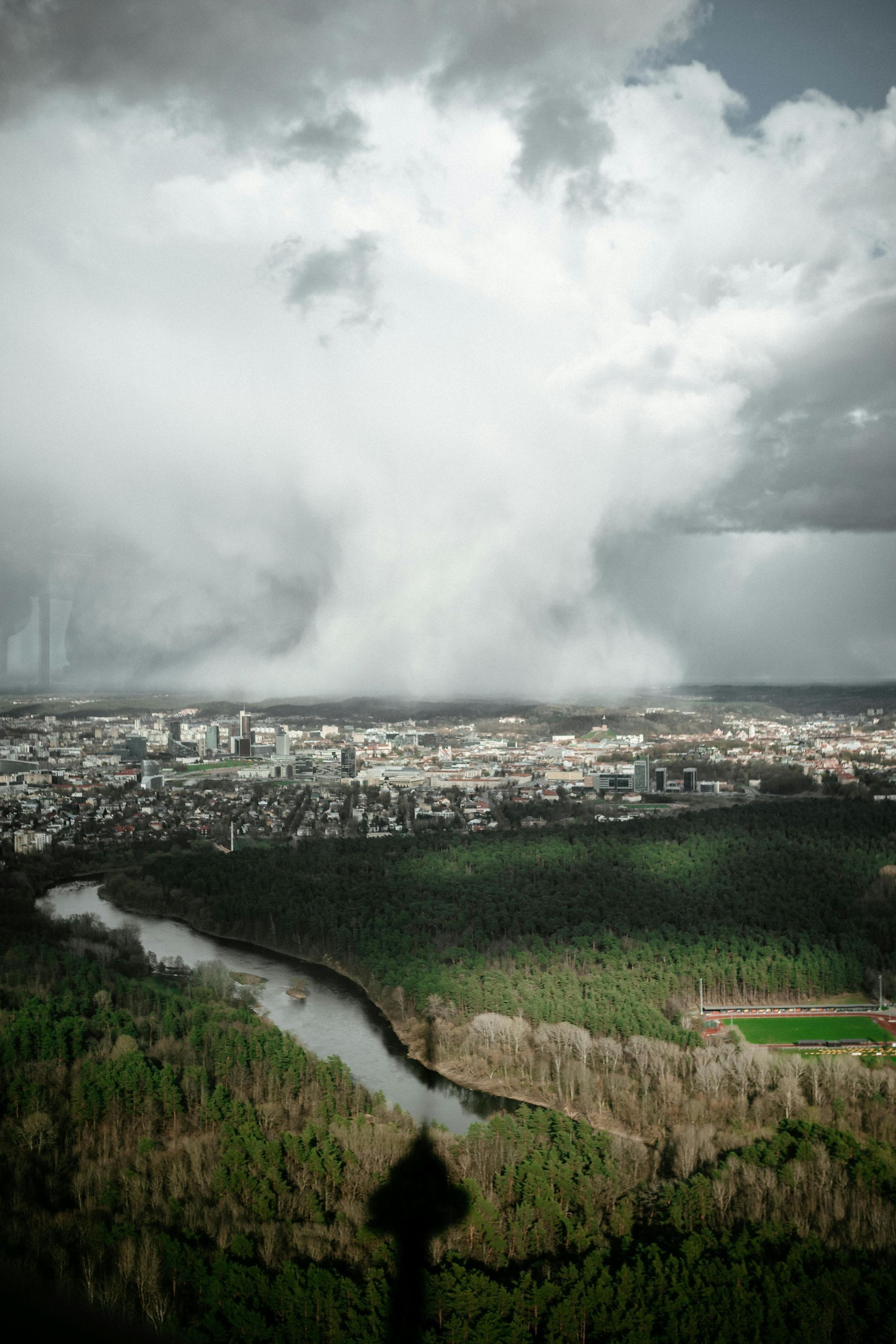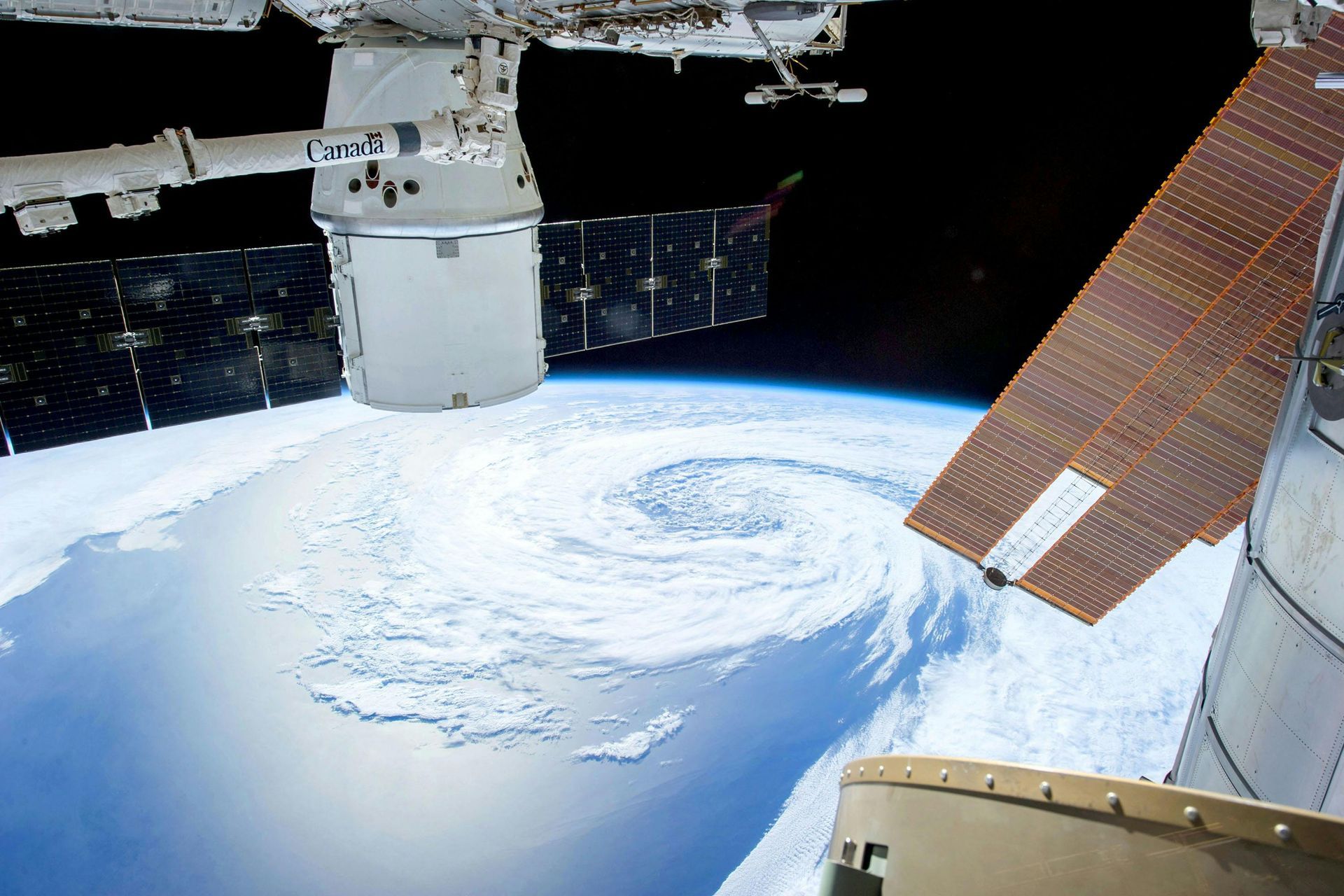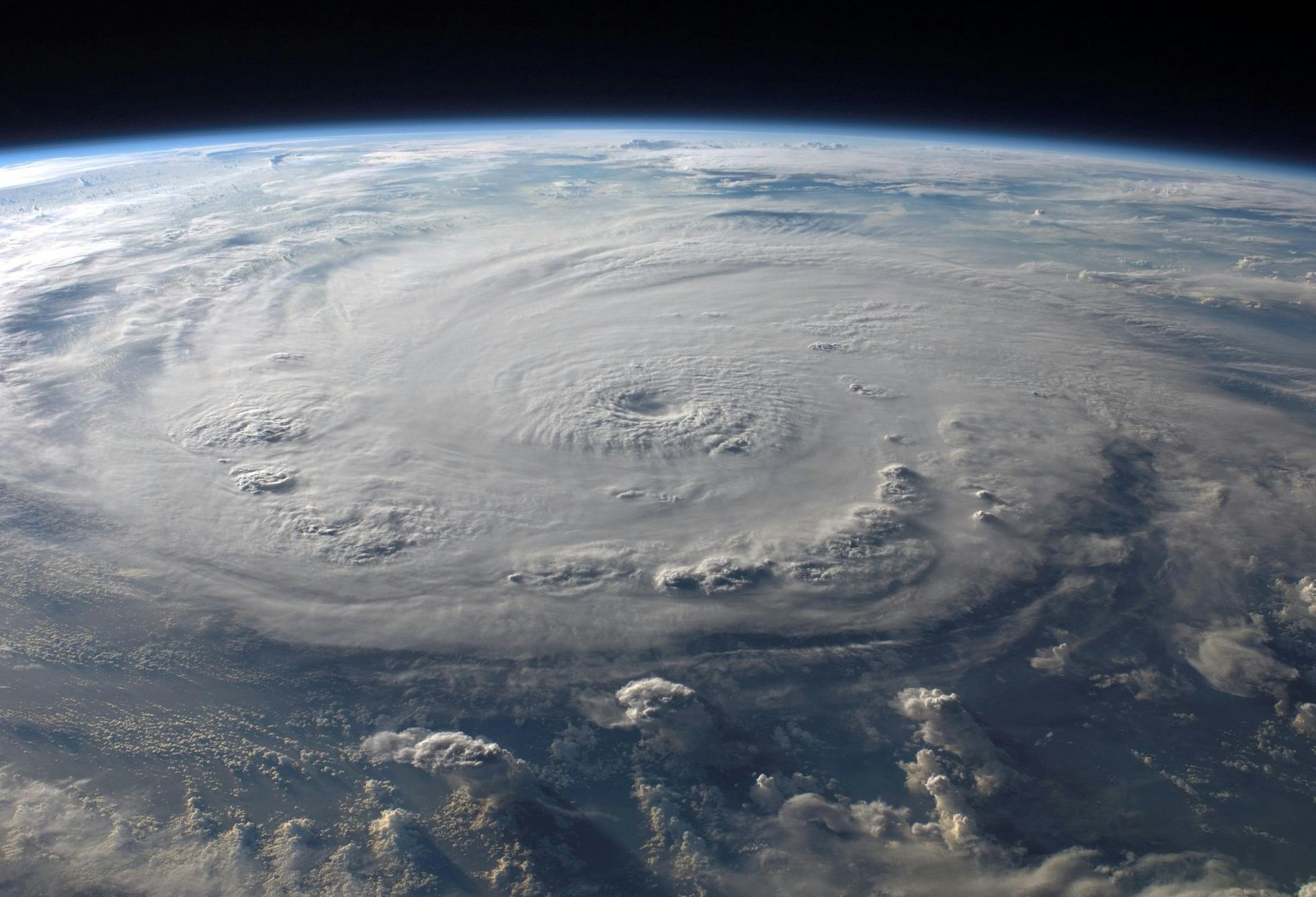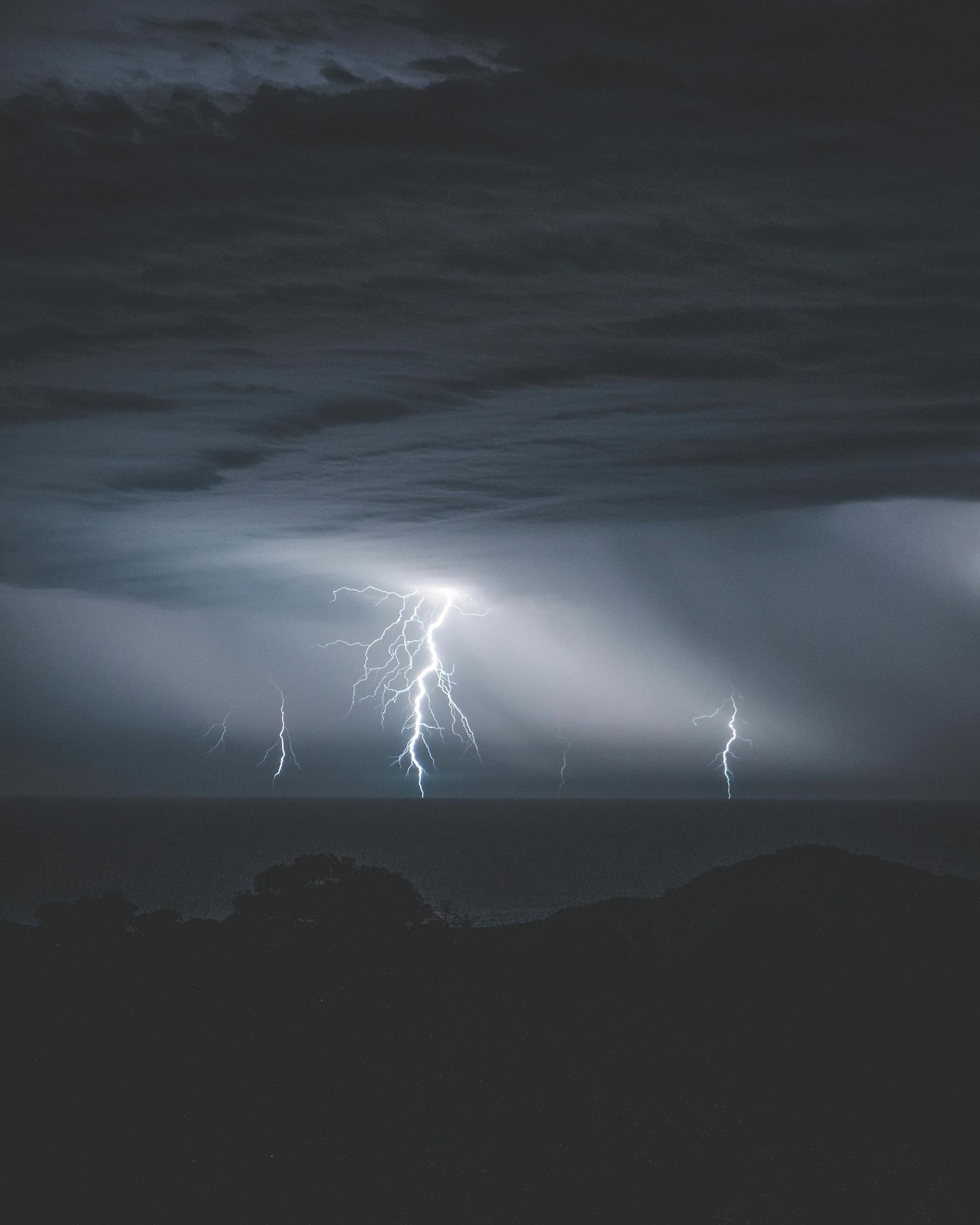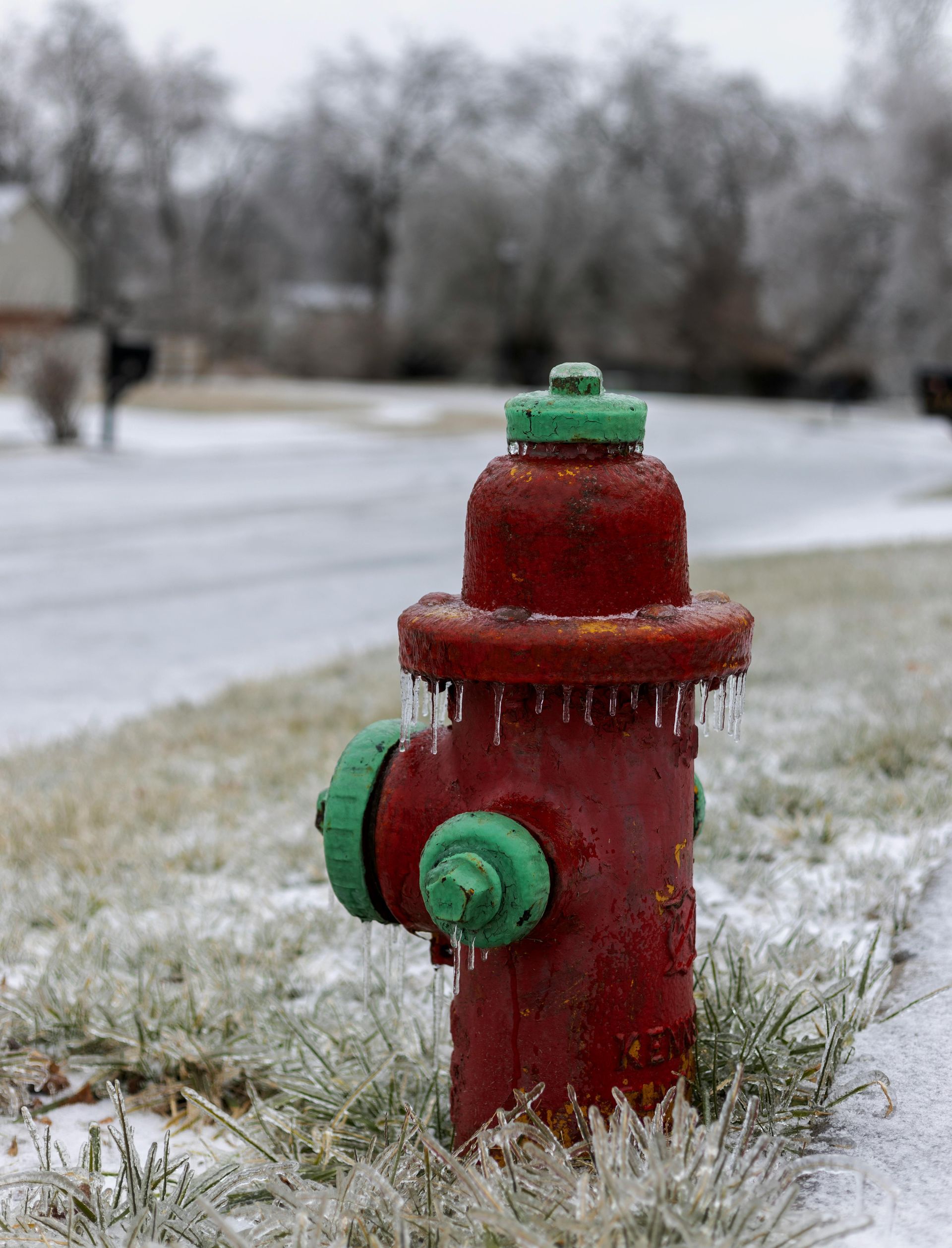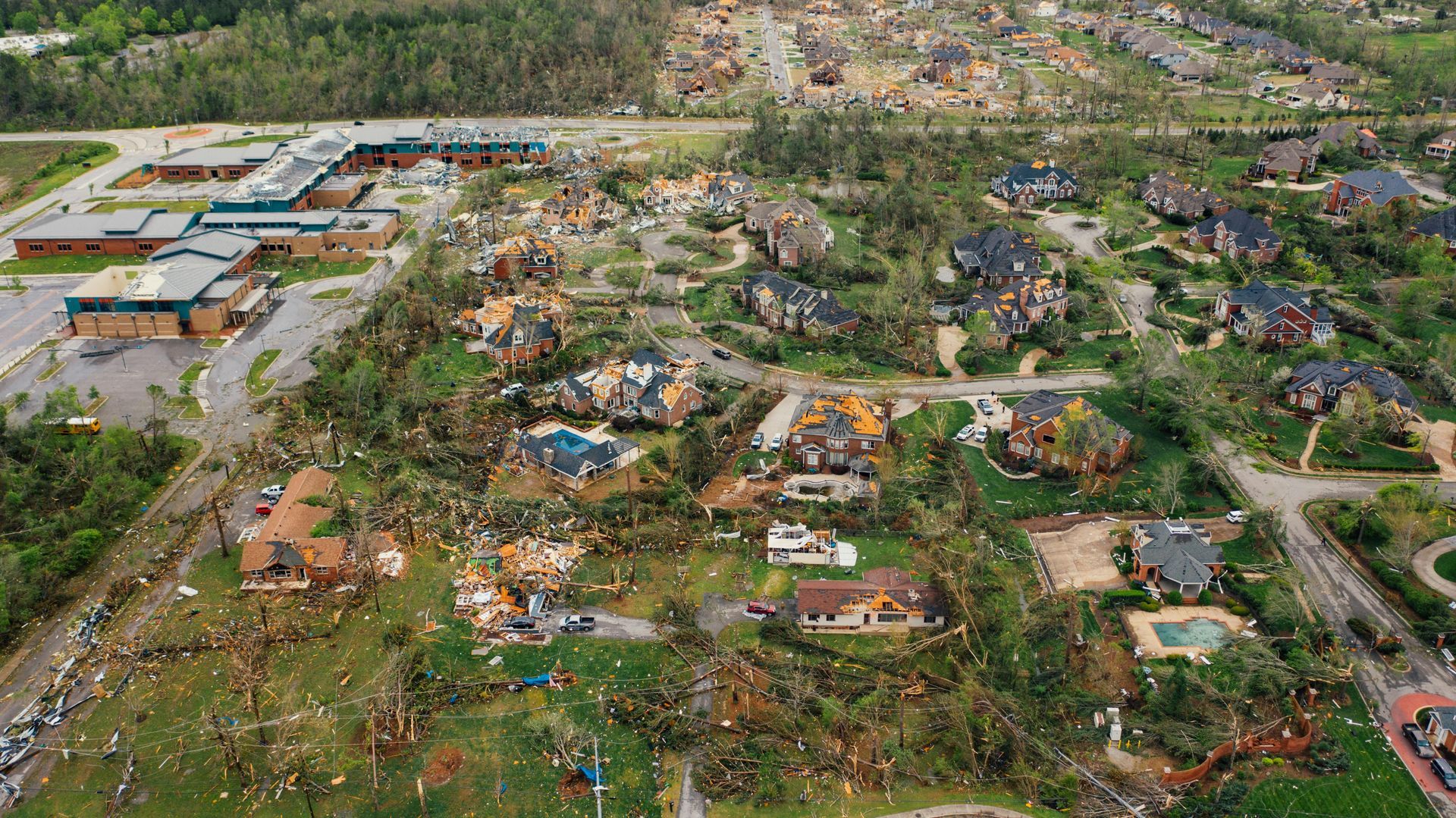July Is the Heart of Hurricane Season - And the Time When Storm Fatigue Sets In
By July, hurricane season no longer feels like a forecast. It feels like a fact.
The days are hot. The air is thick. The radar app is a permanent fixture on every phone. And even if a major storm hasn’t hit yet, there’s a subtle weight hanging in the atmosphere—a sense that everyone is watching, waiting, bracing.
For many families, property owners, and businesses, July is where the emotional toll of the season begins to settle in. It’s no longer just about readiness. It’s about endurance.
At Disaster South, we’ve seen how this month wears on people. It doesn’t always come with a catastrophic headline. Instead, it comes in layers—a leaky roof that hasn’t been addressed, a neighborhood still drying out from last week’s storm, a family trying to make summer memories while living on edge.
And as the weather grows more intense, so does the mental and emotional pressure of trying to hold it all together.
That’s why July deserves more than just another “storm prep” checklist. It deserves a different kind of conversation—one that recognizes the reality of what this season takes out of you, and reminds you that you’re not in it alone.
When the Season Stops Feeling Urgent—But Becomes More Dangerous
July is often the turning point in hurricane season—not because it marks the beginning of danger, but because it marks the start of complacency.
The truth is, our nervous systems aren’t built to stay in high alert for months on end. After watching system after system form and fizzle out, it’s easy to feel numb to the warnings. People stop checking their go-bags. They leave sandbags in the garage. They tell themselves the last storm “wasn’t so bad.”
We understand. We see it every year.
But July is not the time to tune out. It’s the time to reset, refocus, and recommit to the plan that keeps your family, your home, or your business safe.
Because this is when the real storms start arriving. The water is at its warmest. The atmosphere is fully charged. And statistically, the most damaging hurricanes in history begin to form right around now.
And it’s not just hurricanes.
July brings severe thunderstorms, often daily. Saturated ground can no longer absorb the rain. Roads flood. Trees fall more easily. And with power grids already strained by extreme heat, outages become more frequent—and more dangerous.
We’ve worked with clients who had no power for six days in 95-degree heat, relying on a single fan connected to a neighbor’s generator. We’ve seen elderly residents hospitalized from heat exhaustion while waiting for basic utility restoration. These aren’t rare stories. They’re seasonal realities.
The Emotional Burnout of “Storm Season Mode”
By July, the toll of the season becomes less about the big events—and more about the ongoing weight of preparing for what might happen.
There’s the psychological fatigue of constantly watching forecasts.
The frustration of fixing damage from one storm, only to be threatened by another days later.
The fear that every gust of wind might turn into something worse.
The exhaustion of trying to hold your family together while also keeping a business afloat.
And for many, there’s guilt—guilt over not feeling ready, over falling behind on preparations, over being too tired to keep up with it all.
If this is where you find yourself, you’re not alone.
We’ve had these conversations on front porches, in parking lots, and in water-damaged living rooms. We’ve seen strong people finally break down after the fifth repair, or the third insurance call, or the second sleepless night wondering if the generator will hold.
And what we always remind them is this:
You are not weak for being tired. You are not failing because you feel overwhelmed.
This season is demanding. And staying emotionally well is just as important as securing your roof or boarding your windows.
How to Stay Ready—Without Burning Out
Readiness in July is not about doing everything at once. It’s about pacing yourself, creating margin, and knowing what support systems are already in place.
At Disaster South, we help clients build sustainable preparedness, which means:
Checking vulnerabilities with clear priorities, not panic
Creating a rhythm of weekly or monthly check-ins rather than reacting to every alert
Having a simple, practiced plan for your household or staff
Knowing in advance who to call when things go wrong
And that last part is key.
Because when a storm hits, the last thing you want to do is scramble to find someone trustworthy. In July, when resources are stretched and schedules are full, response times slow down—unless you already have someone on your side.
We’ve worked with families who had our number saved for months, even years. And when the storm finally arrived, they didn’t waste a moment wondering what to do. They called us. We showed up. They breathed easier.
That’s the power of preparation—with partnership.
What July Tells Us About Resilience
There’s something about this month that reveals the heart of a community. Neighbors help neighbors clear debris. Churches open doors for those without AC. Local businesses run on backup power just to serve cold meals.
But it also reveals something more personal—your own strength.
If you’ve made it this far into storm season and you’re still standing, still trying, still thinking ahead—you’re already doing more than enough.
Maybe you haven’t patched the roof yet. Maybe your emergency kit still needs a few essentials. That’s okay. You don’t have to be perfect. You just have to keep going.
And when you need help, ask for it. That’s what we’re here for.
How Disaster South Shows Up in July—and Beyond
We know this season doesn’t just demand technical skills—it demands emotional intelligence. That’s why our teams are trained not just in damage restoration, but in human response.
We know how to show up in chaos and bring clarity.
We know how to work quickly without cutting corners.
We know how to walk a family through an insurance claim with patience, and how to restore a building while preserving its story.
And we know how to listen—really listen—to what people are feeling when they say, “We just don’t know what to do anymore.”
In July, it’s not always the biggest disasters that break people. It’s the accumulation of small ones. A leak here. A short-circuited panel there. A few more shingles gone. A few more hours of lost sleep.
And those are the moments when we lean in even more—because that’s when people need us most.
July Is More Than a Storm—It’s a Test of Endurance
This month isn’t about the sudden strike—it’s about the slow grind.
It’s about staying attentive when you’re tired. Keeping hope when the forecast won’t give you a break. Trusting your plan even when things feel uncertain.
It’s about preparing not just your property—but your mindset, your support system, and your expectations.
Because the truth is, July isn’t the end of anything.
It’s the middle.
And how you move through the middle often shapes what the rest of the season looks like.
Let July be the month you reset—not the month you retreat.
Let it be the time you reach out for help—not the time you try to carry it all alone.
Let it be the reminder that even in the hardest part of the season, you’re not without options. You’re not without support. You’re not without strength.
Disaster South is here—steady, responsive, human.
We’re not just ready when the storm hits. We’re ready when you’re worn out, overwhelmed, and just need someone to say: “We’ve got you.”
This July, don’t let storm fatigue wear you down. Let Disaster South lift you up. We’re with you now—and every step forward.
